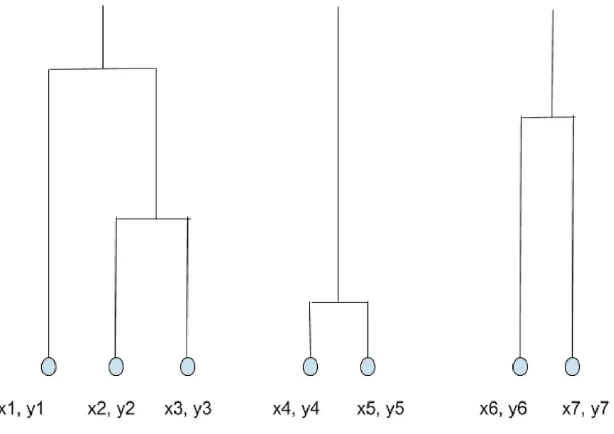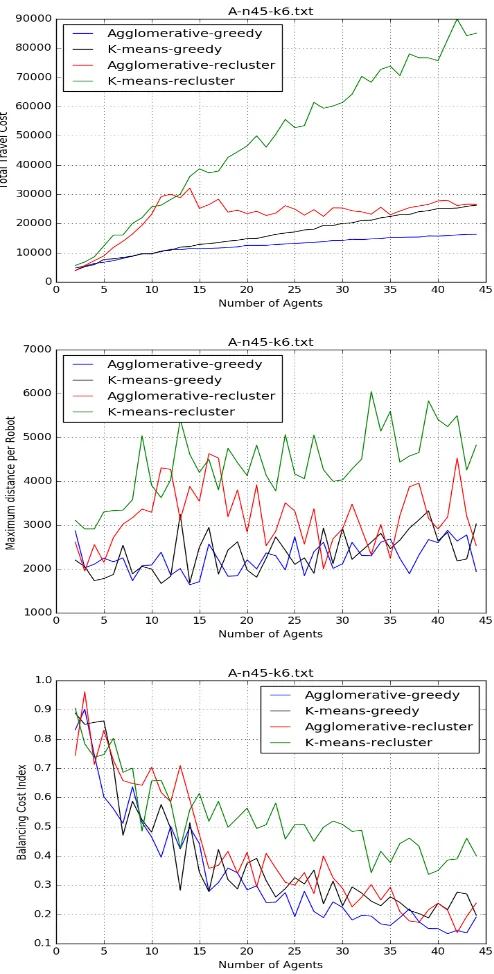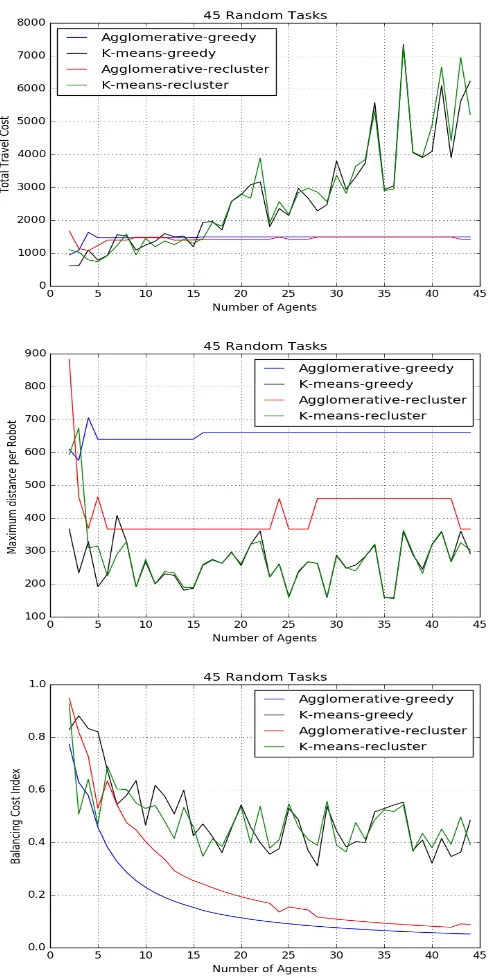Multi-robot Task Allocation using Agglomerative Clustering
Full text
Figure




Outline
Related documents
Chapter 8 (” Multi-Level Simulation on GPUs ”) – addresses a combination of the presented parallel logic- and switch level algorithms in the first GPU-accelerated multi-level
The main challenges facing the industry are the increasing input prices and the removal of preferential markets (Dlamini et al. There is, therefore, an urgent need to
The Hybrid system succeeds in reducing a large number of false positives generated in the network but due to shifting the processing of some of the subscriptions to the
Moreover, though the share of households reporting a wealth transfer in the five and ten years preceding the survey year each increased slightly from 1989 to 2007 and the average
The only significant government initiative launched so far has been 2015’s Digital India campaign, which sought to partner with these stakeholders to empower the technology sector
You will solve graphical problems in at least two of three design areas: industrial design, graphic design and built environment (architecture, landscape architecture and
Using a robust error norm in the objective function, and adapting the estimation process to each of the low-resolution frames, the proposed method e ff ectively suppresses the





